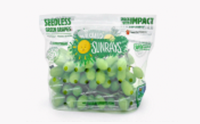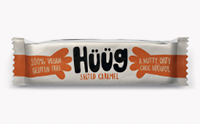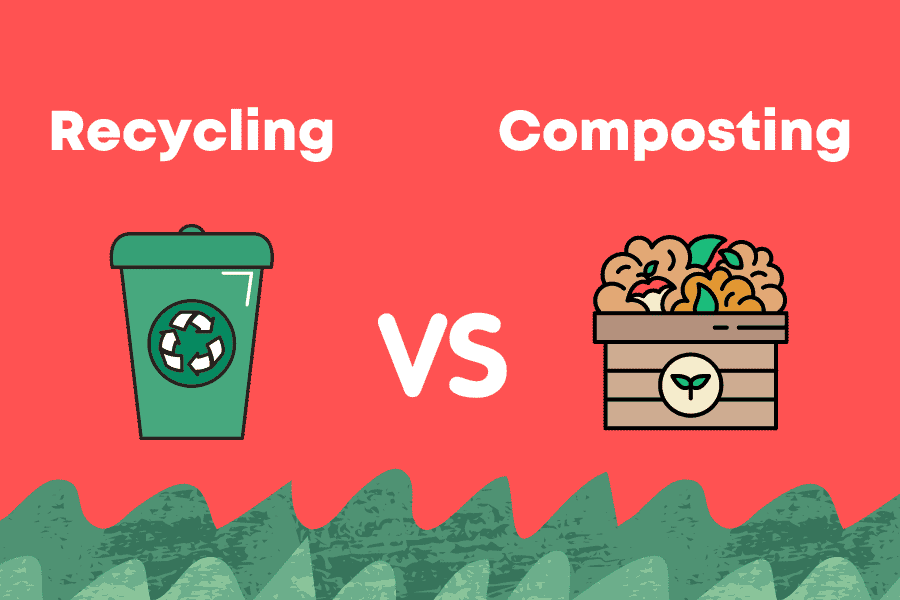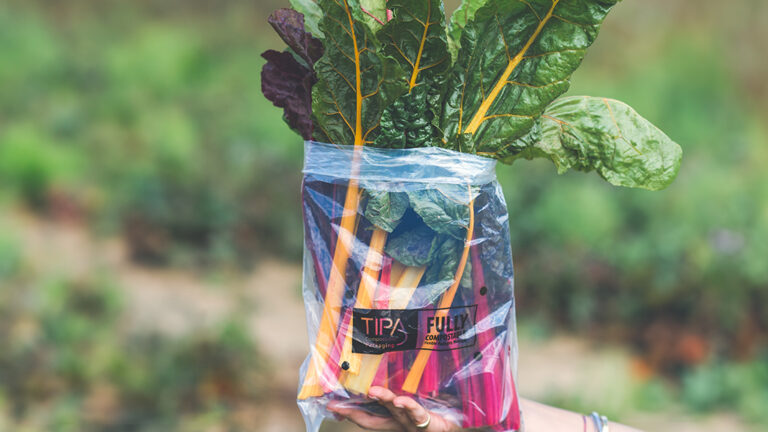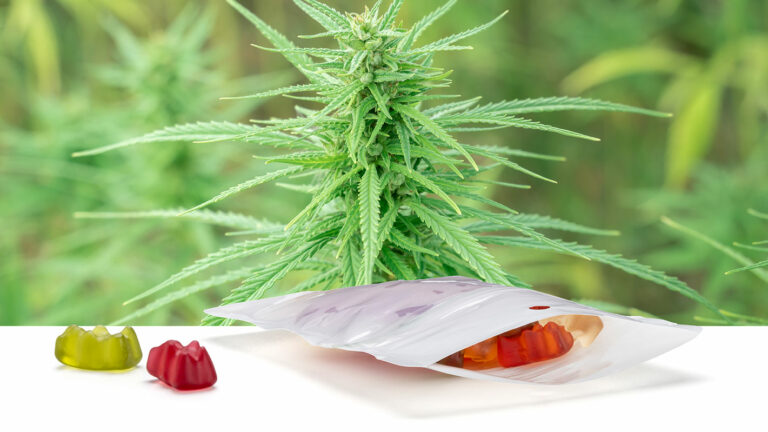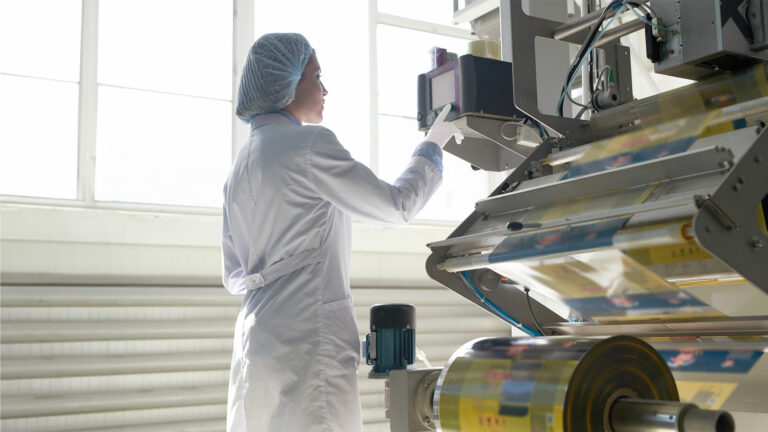In Search of the Most Sustainable Waste Treatment Method for Flexible Packaging
Over the past decade, concerns about plastic pollution and climate change have often been expressed as calls for a combined action, such as “Reduce, Reuse, Recycle”. With plastic production rates growing 3-4 % annually, and plastic waste released to the oceans expected to triple over the next few decades, it is clear that a single solution won’t be sufficient for reducing plastic pollution and waste leakage to the environment.
And yet, recycling is often presented as a silver bullet in our struggle with plastic pollution. Can it be scaled up enough to meet the necessary waste reduction goals? And what is the potential of organic waste recycling, also known as composting?
The Potential and Limitations of Recycling
While recycling works well for certain types of materials, it’s proven to be a problematic waste treatment method for one of the most polluting and long-lasting types of waste: plastic waste. Plastic recycling rate is several times lower than that of paper, metal and glass, and barely reaches 9 %.
Mechanical recycling of flexible plastics is especially challenging. In the UK, the recycling rate of flexible packaging amounts to only 4 %, and the global average is likely to be even lower. Even if consumers sort their plastic waste, due to a number of reasons it is not likely to actually get recycled.
According to “Breaking the Plastic Wave” report, while scaling up recycling is important, stopping plastic pollution by capturing all plastics through recycling is neither technically nor financially feasible. Recycling is a very expensive process, compared to the price of virgin plastic (of course, the latter come at a high environmental cost). Not all types of plastic are recyclable, such as multi-layer food packaging. For example, a potato chip bag is typically made from layers of different types of plastic, lined with aluminium. It’s not possible to easily separate the layers, rendering them not suitable for mechanical recycling. Furthermore, food packaging often contains food remains that can contaminate the recycling stream.
Flexible packaging is often improperly labeled, sorted, lacking necessary infrastructure, or simply too thin or small to be recycled. Items such as plastic wrap, single-use condiment pouches, or pill packaging can cause serious problems for the recycling equipment and even bring the entire recycling operation to a standstill.
Even if flexible plastic gets recycled, it experiences a significant loss in quality and can only be downcycled into a lower value product without strong optical and mechanical properties, such as plastic white fences, carpets or fleece vests. Due to deterioration in quality, plastic waste can undergo the recycling process a limited amount of times, before ending up in a landfill or being incinerated. Hence, mechanical recycling only delays the plastic waste problem instead of solving it.
In contrast, chemical recycling can help recover the original raw materials to be remade into high-quality resins. However, this type of recycling is energy intensive and requires investing into pricey, complex plants, and aggregating a lot of plastic waste. As concluded by GAIA report, chemical recycling is not likely to become an effective form of plastic waste management for at least the next 10 years.
Composting: the True Recycling of Organic Waste
Composting is nature’s way to recycle its organic waste. Take an orange or a banana peel: once it’s no longer needed to protect the fruit, it will return back to the earth, where it will fully biodegrade and turn into the compost. For comparison, if a banana peel will end up in a landfill with anaerobic conditions, it won’t biodegrade in a timely manner and will instead release methane: a greenhouse gas with a 100-year global warming potential 28-34 times that of CO2.
The potential of composting has been long appreciated by environmentalists worldwide. Composting is easy, cheap, and truly circular since it effectively turns waste into a resource. Nutrient-rich compost can be used to fertilize and regenerate eroded and degraded soils. Furthermore, composting returns carbon to the soil by sequestering it.
In the US alone, 35 % of all food production remains unsold or uneaten. Most of the leftover food ends up in landfills, is incinerated, goes down the drain or is simply left in the fields to rot. Food is wasted across all the stages of the food supply chain, including farming, manufacturing, retail, and end-use. Perishables, such as fruits and vegetables, constitute more than a third of total food waste.
While efficient food management is something we should strive for to prevent the drain of natural resources, energy, labor, land, and fertilizers that are used to grow, produce and pack surplus food, some food waste is inevitable. The solution? Composting our organic waste.
The Basics of Composting
It is not only food scraps that are compostable: you can also compost tea bags, paper towels, cut flowers, and, of course, certified compostable packaging – even if it’s contaminated with food waste! Different compost components have a different mission: ‘the greens’ (food and vegetable scarps, leaves, coffee grounds, flowers, etc.) provide compost with nitrogen, and ‘the browns’ (dead leaves, straw, paper towels, compostable packaging) supply it with carbon.
There are multiple methods to compost, including hot composting, cold composting, vermicomposting, anaerobic composting, home composting as well as industrial composting. If there is no community compost or industrial composting facility in your area, it is relatively easy to start your own home compost – even if you live in an apartment!
How does composting work? Under conditions of heat, humidity and oxygen, your organic waste will start to break down into small particles, that will be digested by bacteria and another microorganism. As a result of this microbial activity, the compost pile will turn into water, CO2, and nutrient-rich biomass that can significantly improve soil health by helping it retain water and nutrients. In-home compost, the process is less controlled and slower, typically taking between 4 weeks to 12 months. Industrial composting facilities usually provide a more controlled environment and higher temperatures, ensuring full biodegradation of organic waste in under 6 months.
The Future of Composting
Compared to other waste treatment methods, composting has undeniable economic and environmental benefits: it is cheap, easily implemented, and helps to turn organic waste into a resource. If composting is so beneficial, why are we still sending our waste to landfills or incineration facilities? Well, that’s seems to be changing – one step and one state at the time.
In 2020, Vermont became the first U.S. state to ban all household food waste from landfills. 72% of Vermonters compost or feed food scraps to pets or livestock, saving tons of municipal waste from landfills every year. Other states, such as Massachusetts, Connecticut, Rhode Island, California, New York and New Jersey, as well as a number of cities, also adopted bans on landfill disposal of food waste, or recycling mandates. In big cities and densely populated areas, there is a positive trend to offer curbside compost pickup programs. There has been progress in compost market development as well, including government agency procurement.
European countries are also on track to food waste reduction via composting. According to a recent EU Directive, bio-waste, which mainly consists of food waste, must either be separated and recycled at source, or collected separately and not mixed with other types of waste by the end of 2023. Composting is already prevalent in many European countries, such as Slovenia. There, almost half of the population has a home composting system. As a result, Slovenia has one of the lowest shares of bio-waste in municipal waste generated in Europe.
When striving to compost food waste, we should also consider its packaging. When possible, going packaging free is always advisable. Same goes for reusable packaging. However, when single-use packaging is needed to protect the product and maximize its shelf life, compostable packaging seems to be the optimal circular solution. Such packaging is comprised of fully compostable polymers. In contrast to conventional plastic packaging that is destined to last hundreds of years, compostable packaging is structured to fully biodegrade under composting conditions just like organic waste, helping to eliminate municipal food-related waste from landfills and return it back to the earth as a resource.
Is Composting the New Recycling?
The applicability of mechanical recycling is limited: while it works well for certain materials, e.g. metal, it shows poor results with others, such as conventional plastics – especially flexible plastics. Furthermore, it only postpones the inevitable: landfilling or incinerating the waste that can’t be recycled anymore.
Our own research at Tipa shows 30% of U.S. and the UK residents indicated a preference for compostable packaging.
Composting is the most natural form of recycling: organic waste recycling. As such, it is fully compatible with the concept of circular economy, where nothing gets wasted. Its potential application includes all biodegradable waste, be it food waste or compostable bioplastics. Just like an orange peel will return to the earth as a resource by providing nitrogen to the compost pile, a compostable zipper bag will help sequester carbon and contribute to high-quality compost that can be used to restore degraded soils.
Composting has been perfected by nature for thousands of years. Now, we only need to follow its lead to achieve true circularity and sustainability when treating our waste, while not forgetting the equally important goals to Reduce and Reuse.









